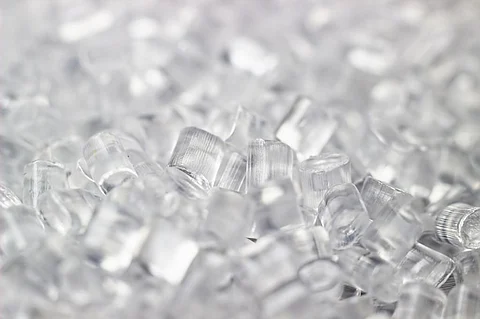

Primary plastic polymers, which are the basic building blocks for most plastic products, are at the centre of ongoing global discussions aimed at addressing plastic pollution. These polymers include materials such as polyethylene (PE), polypropylene (PP), polyvinyl chloride (PVC), and polyethylene terephthalate (PET), among others. Their widespread production and use have contributed significantly to global economic growth but have also raised serious environmental concerns.
Rwanda, Peru and the EU have put forward ambitious proposals for managing primary plastic production. Rwanda has proposed a new text with a strong public health focus, suggesting 2025 as a baseline year with a 40 per cent reduction target by 2040. Peru suggested inter-sessional work to establish sustainable production and consumption baselines, including an analysis of global imports and exports, while the EU has advanced a comprehensive approach that includes nationally determined targets, regular reviews, and discouraging subsidies for plastic production. The EU has also proposed science- and risk-based procurement policies to ensure sustainable plastic use.
Guatemala, the Philippines, Thailand, Panama and Australia have supported progressive but flexible approaches, emphasising on capacity building and national discretion. Guatemala has expressed concern about the implementation capacities of developing countries and has advocated resource assistance, while Australia has underscored the need to prioritise plastics that are most harmful or challenging to recycle.
In contrast, countries such as Kazakhstan, India, Egypt, Kuwait, Malaysia and Russia have expressed resistance to stricter mandates, emphasising a preference for innovative waste management and sustainable plastic use over global production restrictions. Egypt, notably, has aligned with a coalition of countries opposing stringent measures, reflecting a unified stance against binding production limits and favoring national discretion on plastics management.
To download the whole report, click here.
This is a click to zoom map. View the larger image by clicking on it